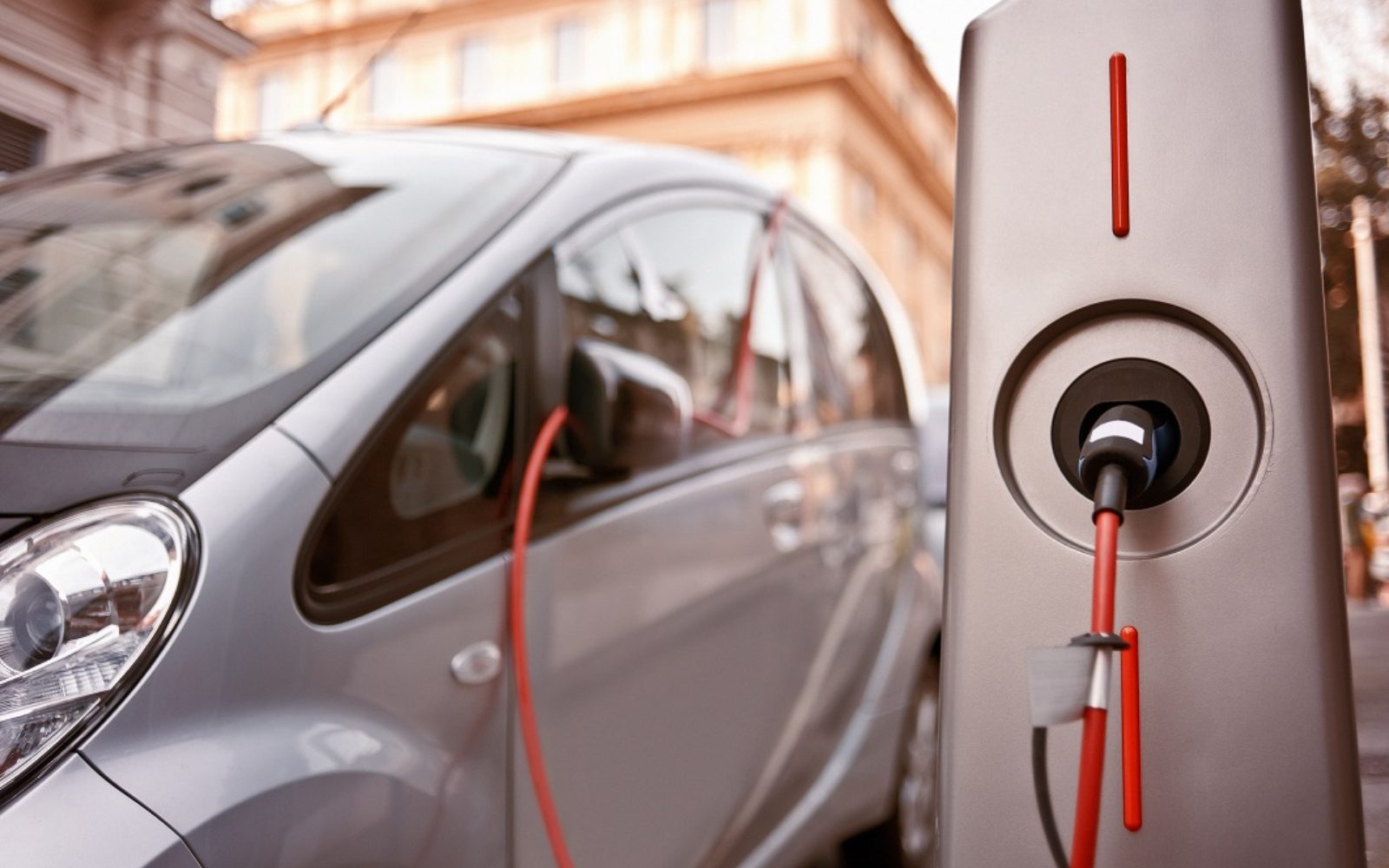James McKemey, head of Insights, Pod Point
Sales of full battery electric vehicles (BEVs) to be >10% of the market
2020 was a challenging year for many industries, including automotive. The one positive was the sales of plug-in vehicles, with BEVs in particular growing rapidly.
While the fantastic incentive of 0% Benefit-in-Kind (BiK) rates will end in April 2021, they only increase to 1% – still offering incredible savings to company car drivers. All other factors – falling costs, stronger electric range, more EV choice, ever growing infrastructure provision – point towards the continued growth of the market. As such, we predict BEV sales alone will account for comfortably >10% of all sales throughout 2021.
More active government intervention in the market
The UK government made a strong call in 2020 banning sales of new internal combustion engines from 2030 and hybrids from 2035. To support mass adoption they must ensure that OEMs begin to deliver the EVs required and that the infrastructure continues to grow. With consultations underway on consumer experience, a CMA study and the first stages of “Project Rapid” imminent, we expect to see further developments in the charging infrastructure space to support its expansion and ensure effective provision.
Highlights will include the first material action of Project Rapid/the Rapid Charging Fund, the announcement of the Building Regs changes that will see charging points installed into every new home, while the government is considering strengthening its regime to ensure zero emission vehicles (BEVs and Hydrogen fuel cell vehicles) make up a significant portion of OEM’s sales. As such, 2021 may be the year the UK government announces a Californian style “ZEV Mandate”.
The winning of hearts and minds
The 2030 announcement was certainly a test of the public’s enthusiasm for the ultimate demise of their trusted, and often loved, conventional cars. While unsurprisingly it received a degree of push back, the ban also received a breadth of support far and wide with many pressing upon the PM to “put his foot to the floor in pursuit of his electric ambitions”. While hard to quantify, I predict that 2021 will be the year that the vast majority of the UK public start to fully support the transition to electric cars.
Ian Johnston, CEO of Osprey Charging
Mass roll-out of EV charging infrastructure across the UK
The EV charging infrastructure landscape will be transformed in 2021. The various COVID-19 lockdowns and restrictions have held back the deployment of hundreds of rapid charging sites and hubs, and these will come online swiftly as the UK gets back to work in 2021.
However, what will have even more of an impact in 2021, is the Government’s announcement on bringing forward the ICE ban to 2030. This has brought the need for retailers and property managers to define their charging infrastructure strategy to the top of their sustainability agenda, and this has resulted in an immediate tidal wave of interest into the leading fully-funded charging networks. Since the Government’s announcement, Osprey has seen a155% increase in inbound leads from companies requesting a fully-funded charging infrastructure offering.
The follow-on of Government commitment and intervention on public charging infrastructure
Far ahead of the 2030 announcement, the Government has been working with consumers and industry alike to develop plans to ensure that consumers are provided with a simple and reliable charging experience, in all parts of the UK. The major rapid charging networks have installed over 850 new chargepoints in 2020, despite COVID-19, however these are often not in the places that need them most.
In 2021 we should expect to see Government either incentivise or intervene in ways to unlock the deployment of more chargers from multiple operators in motorway service areas and local authority town centre car parks. At the same time, we should expect to see Government stepping in to fund infrastructure in the remote rural areas where it is not viable for the major networks to do so. By doing this, it can ensure that the painful experiences from the broadband roll-out in such areas are not repeated.
The death of CHAdeMo: Will CPOs build for today or for the future?
In 2020, only 10% of new BEV vehicles featured the CHAdeMO connector port and only 5% featuring only the Type 2 AC port, thus posing an interesting dilemma to landlords and charging networks on which connectors to prioritise. As millions of pounds are being spent on building a charging network fit for the coming decades, those procuring the charging hardware will face a difficult decision of whether to accommodate the customers on our roads today – those who are so crucial to establishing a successful network – or to focus on what they believe customers will want in a world of mass adoption.



